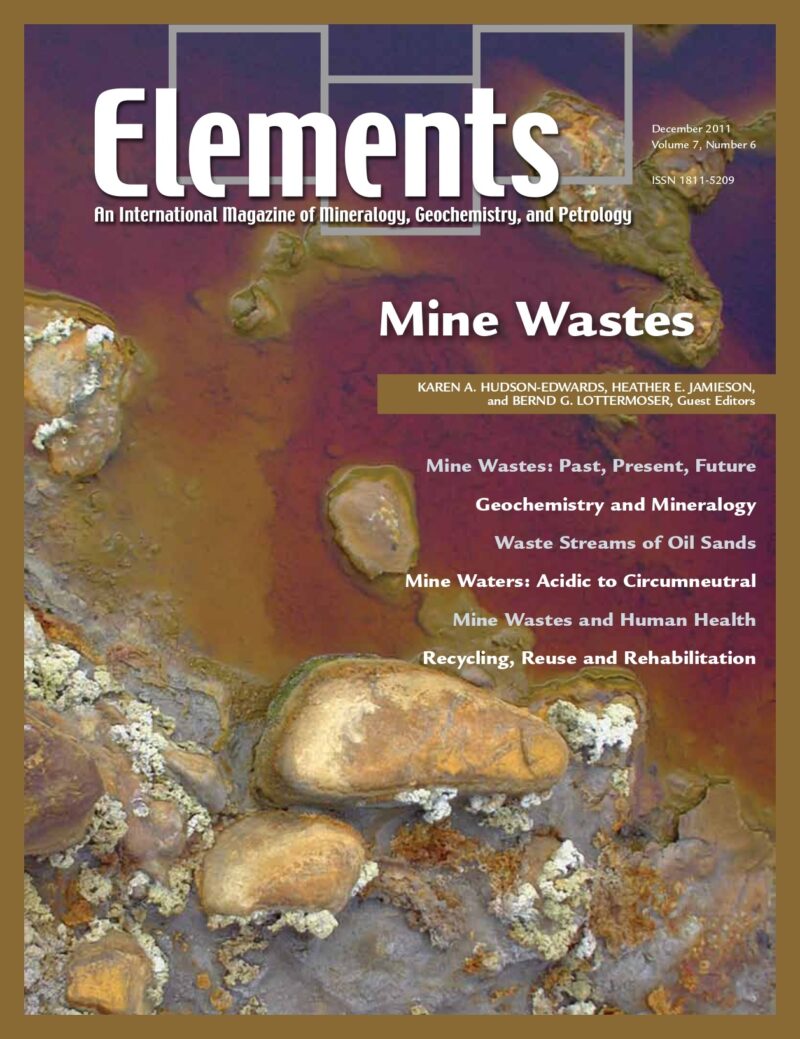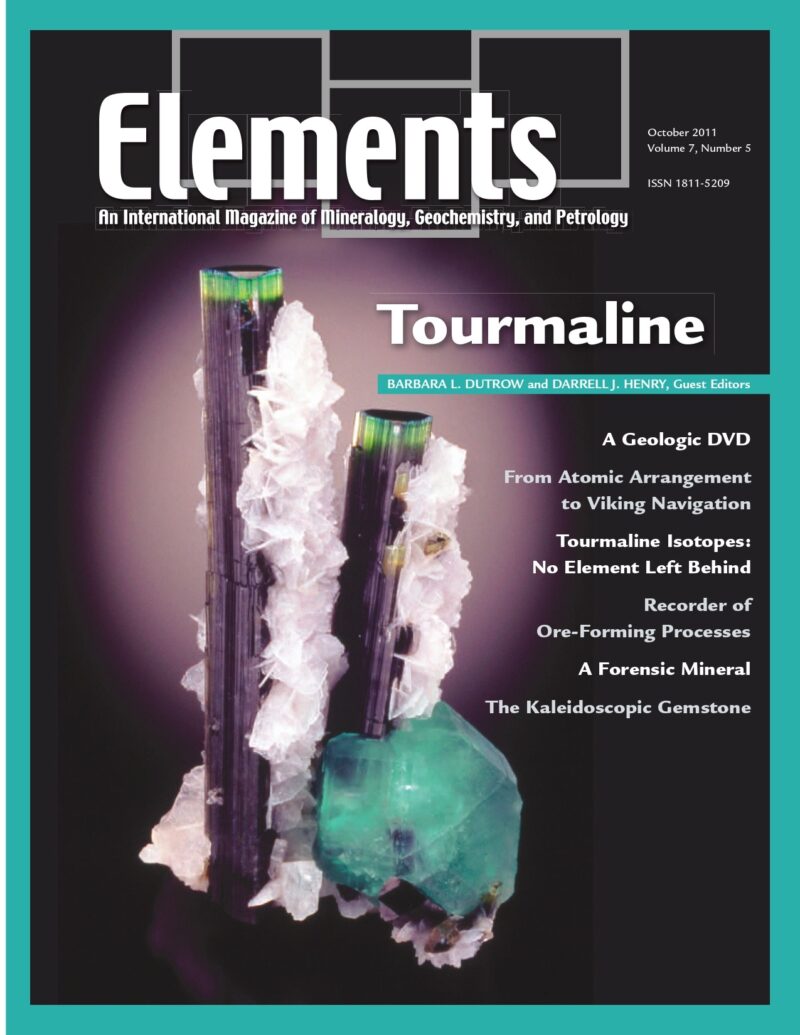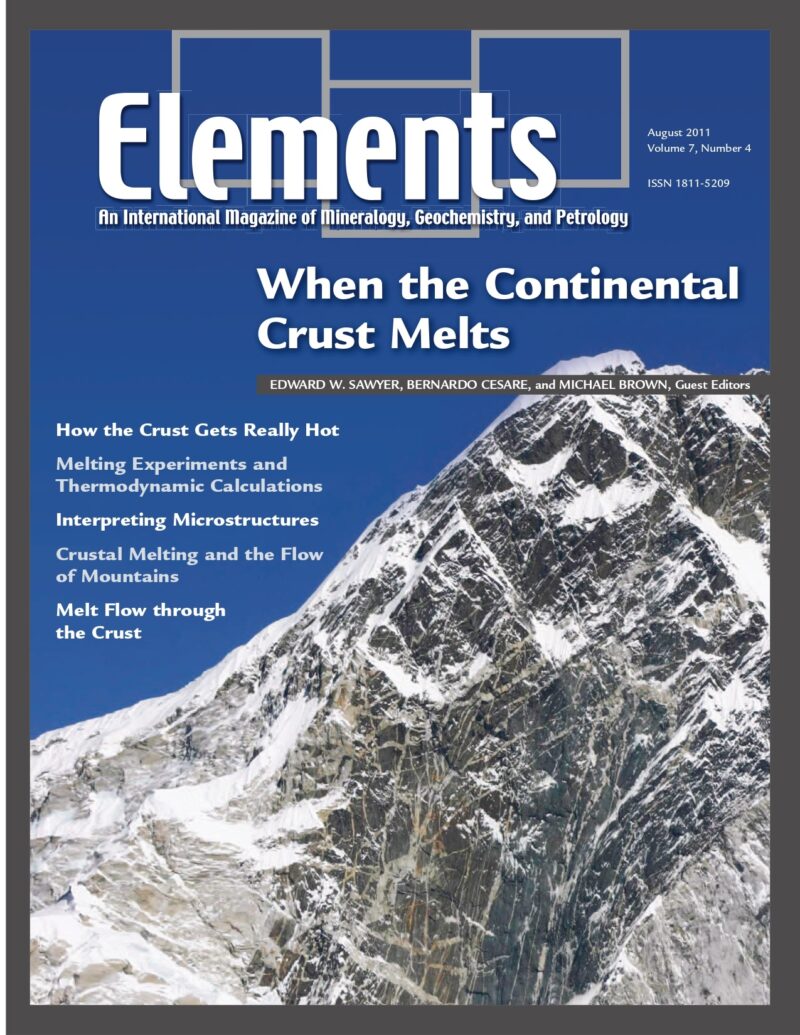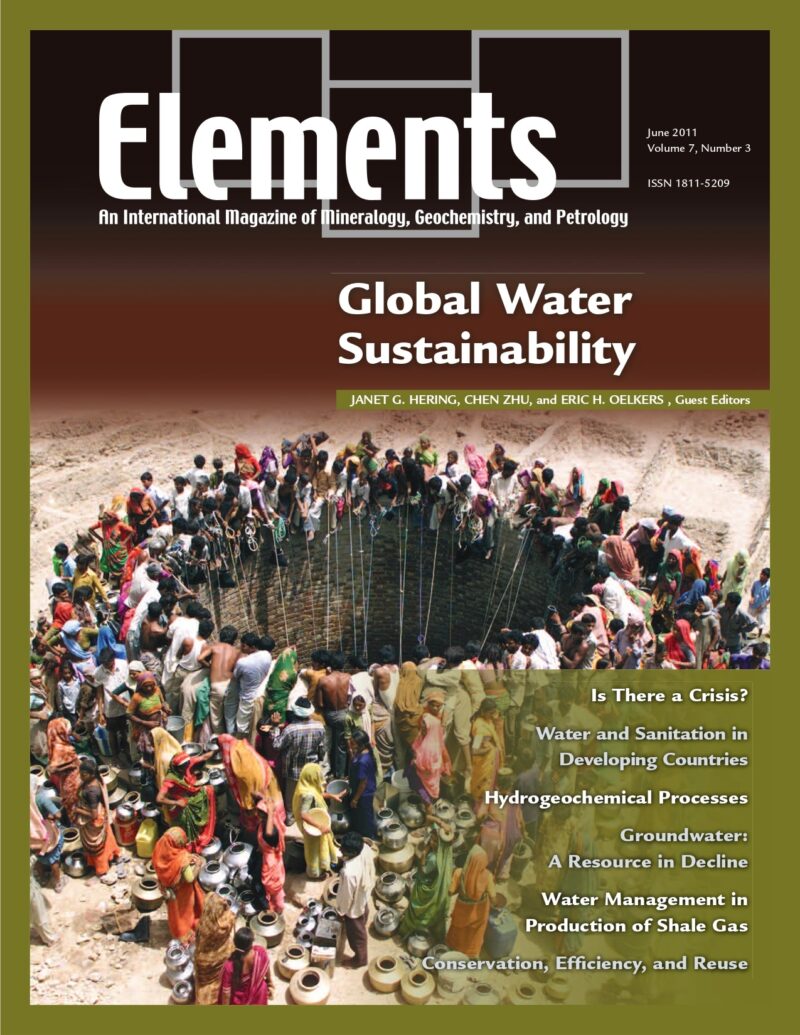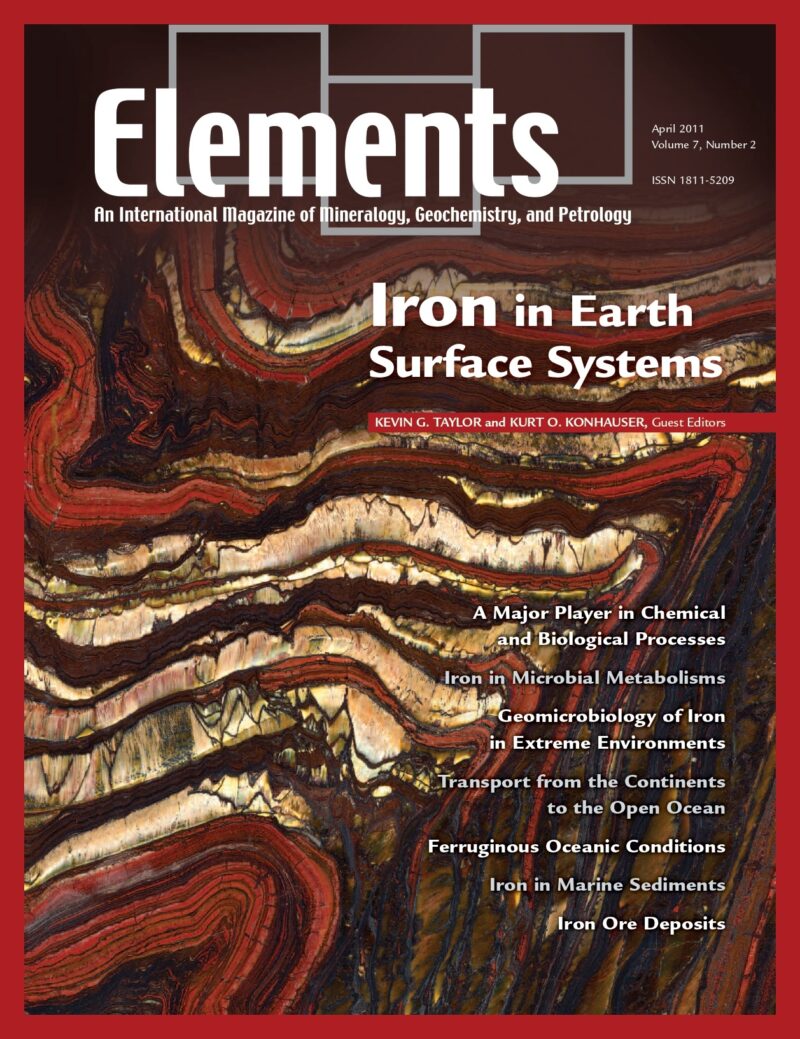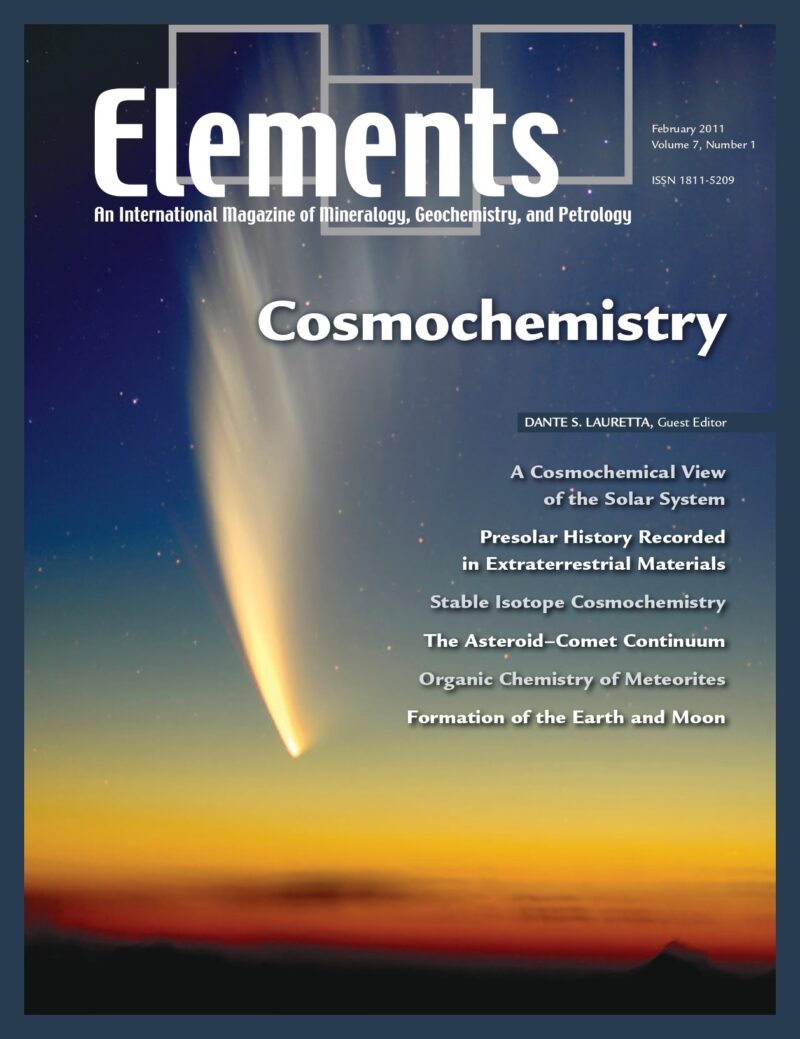-
Mine Wastes, December 2011, Vol. 7, No. 6
$20.00Since the dawn of civilization, humankind has been extracting metals and minerals for the production of goods, energy, and building materials. These mining activities have created great wealth, but they have also produced colossal quantities of solid and liquid wastes, known collectively as “mine wastes.
-
Tourmaline, October 2011, Vol. 7, No. 5
$20.00From the Vikings’ sunstone to a modern piezometric pressure sensor, tourmaline is an intriguing mineral with a new degree of significance. Tourmaline was considered by 18th century physicists as the key to a grand unification theory relating heat, electricity, and magnetism, but new studies define its role as an indicator of Earth’s processes.
-
When The Continental Crust Melts, August 2011, Vol. 7, No. 4
$20.00Partial melting is the most important process affecting the continental crust. It is responsible for the large-scale compositional and density structure that has stabilized the crust over geological time.
-
Global Water Sustainability, June 2011, Vol. 7, No. 3
$20.00The term water resources refers to natural waters (vapor, liquid, or solid) that occur on the Earth and that are of potential use to humans. These resources include oceans, rivers, lakes, groundwater, and glaciers.
-
Iron In Earth Surface Systems, April 2011, Vol. 7, No. 2
$20.00Iron is the fourth most abundant element at the Earth’s surface. As an essential nutrient and electron source/sink for the growth of microbial organisms, it is metabolically cycled between reduced and oxidized chemical forms.
-
Cosmochemistry, February 2011, Vol. 7, No. 1
$20.00Cosmochemistry is the study of extraterrestrial materials aimed at understanding the nature of Solar System bodies, including the planets, their natural satellites, and small bodies. An important goal is to increase our understanding of the chemical origin of the Solar System and the processes by which its planets and small bodies have evolved to their present states.

